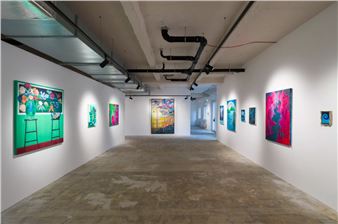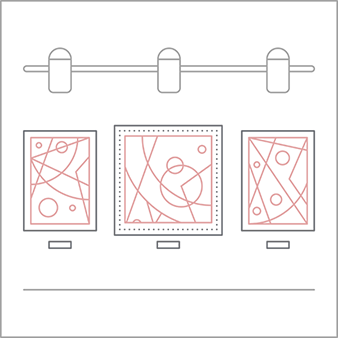Four Ways
Since the Big Bang, about 13.8 billion years ago, the universe has been in constant motion. Galaxies drift apart, stars are born and die, and light travels through time and space at unimaginable speed. Yet even light would take 100,000 years to cross our own galaxy. Motion and energy exist on scales far beyond daily human experience.
Here on Earth, life itself is movement. From the first cells dividing to human exploration, creativity, and competition, we constantly push limits鈥攑hysically, mentally, and artistically. Dance, sport, and art all channel this energy, revealing both freedom and control, joy and unease. In a world where technology accelerates everything, we are left to ask: where is the line between progress and overload?
This exhibition presents four perspectives on these questions, with works by DOT DOT DOT, Eric Ness Christiansen, Lavrans Borgen, and Martin Whatson.

Recommended for you
Since the Big Bang, about 13.8 billion years ago, the universe has been in constant motion. Galaxies drift apart, stars are born and die, and light travels through time and space at unimaginable speed. Yet even light would take 100,000 years to cross our own galaxy. Motion and energy exist on scales far beyond daily human experience.
Here on Earth, life itself is movement. From the first cells dividing to human exploration, creativity, and competition, we constantly push limits鈥攑hysically, mentally, and artistically. Dance, sport, and art all channel this energy, revealing both freedom and control, joy and unease. In a world where technology accelerates everything, we are left to ask: where is the line between progress and overload?
This exhibition presents four perspectives on these questions, with works by DOT DOT DOT, Eric Ness Christiansen, Lavrans Borgen, and Martin Whatson.

 ARTISTS
ARTISTS














